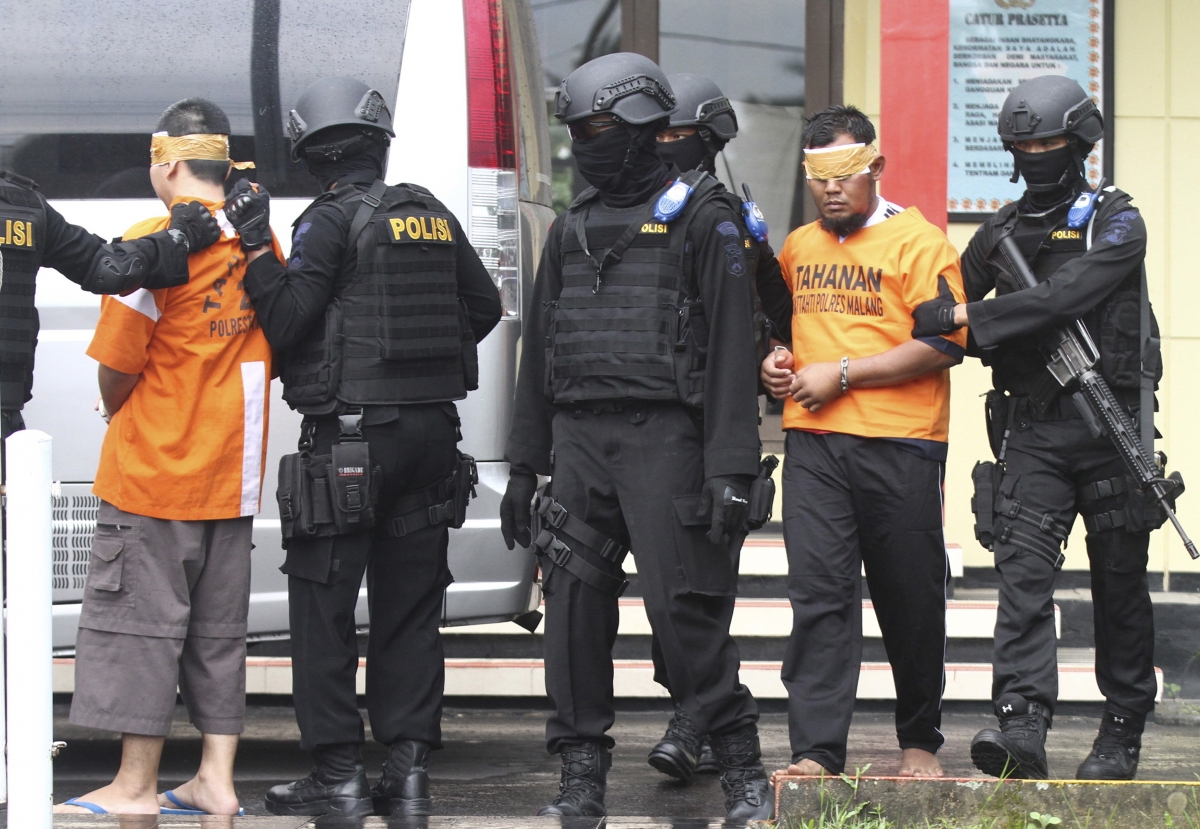Singapore arrested a self-styled Islamic State operative who plotted a terror attack on an army camp and wanted to establish a Caliphate in the country. The 18-year-old Singaporean student was arrested under the Internal Security Act (ISA), the Internal Security Department (ISD) said in a media release on Wednesday.
The person has been identified as Muhammad Irfan Danyal Mohamad Nor. He was radicalised online and was under the influence of Indian hate preachers like Zakir Naik, Channel News Asia reported, citing ISD sources.
Attack on Army Headquarters
Mohammad Irfan’s most daring terror attack plan was a mass casualty event at Amoy Quee Camp in Ang Mo Kio, where Singapore’s National Cadet Corps headquarters is located, CNA said.
ISD
In August 2022, the Islamic State supporter created a flag that resembled that of the Al-Qaeda-offshoot Hayat Tahrir al-Sham. The militant then planted the flag on Coney Island and posted images of it online, claiming that the flag represents his own future caliphate.
‘Islamic State of Singhafura’
Significantly, he chose Singapore’s National Day to stage the outrageous act. The Isis sympathizer said the future Islamic nation in Singapore will be known as “Islamic State of Singhafura”.
Mohammad Irfan also propagated photos of himself holding a large knife on social media, exhorting followers to join his militant group and take up armed violence. There were also plans to travel overseas for jihad.
The ISD said Mohammad Irfan’s plan was to kill disbelievers and use their personal possessions to fund the future caliphate and Islamic state army. The report explains that Mohammad Irfan said by disbelievers he meant non-Muslims, Shia Muslims and Sufi Muslims.
Singapore Terror Threat
The would-be jihadi also tried to learn bomb-making and planned to make a homemade explosive device.
Singapore has been on high alert over terror attacks for several years and has made multiple arrests of Islamist militants. Singapore’s terror threat stems from the rise of Islamic State in the Middle East in the last decade. While hundreds of radicalized youth from countries like Indonesia, Malaysia and Bangladesh travelled to Iraq and Syria and perished in the wars there, hundreds returned to their home countries after the downfall of the Isis.

These people then formed sleeper cells in their respective countries and started infiltrating into other parts of the region. Terror-related detention became common in Indonesia, Singapore and Malaysia ever since the Isis sympathizers started infiltrating into the countries in the region and even establishing sleeper cells. In Singapore these modules were set up among the immigrant work forces. In the broader region, Bangladesh, Philippines and Indonesia have faced multiple terror strikes over the years.







